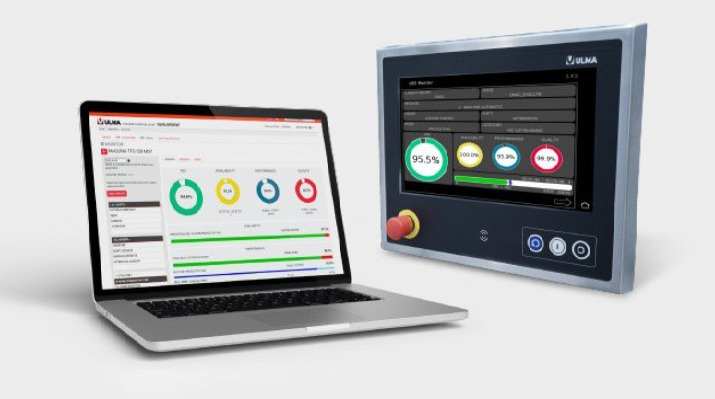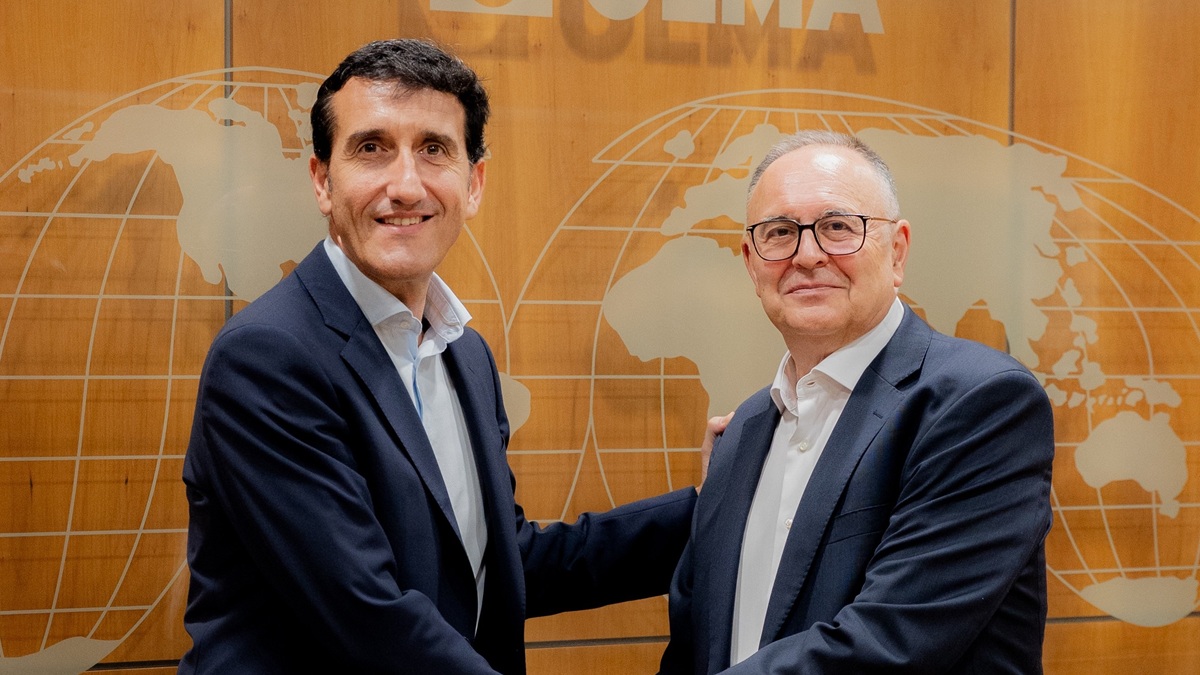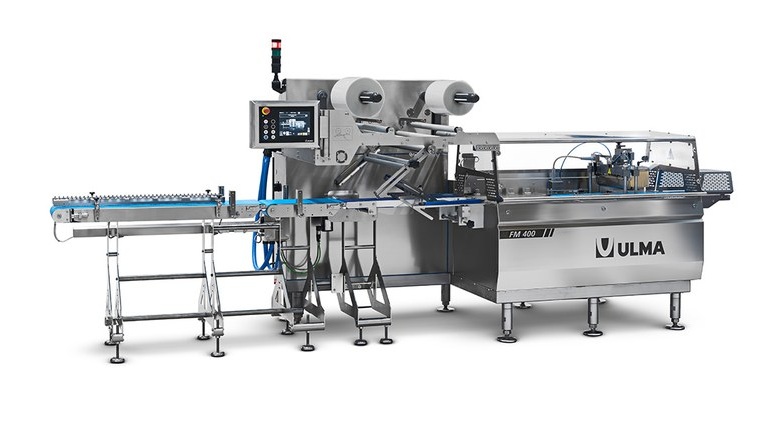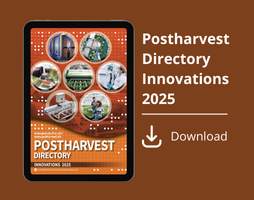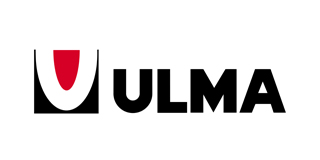

ULMA Packaging
Packaging
PPWR: The new European packaging regulation that is transforming the food industry
ULMA Packaging analyzes the impact of the new European regulatory framework and presents technological solutions that help the food industry adapt to the requirements of the PPWR
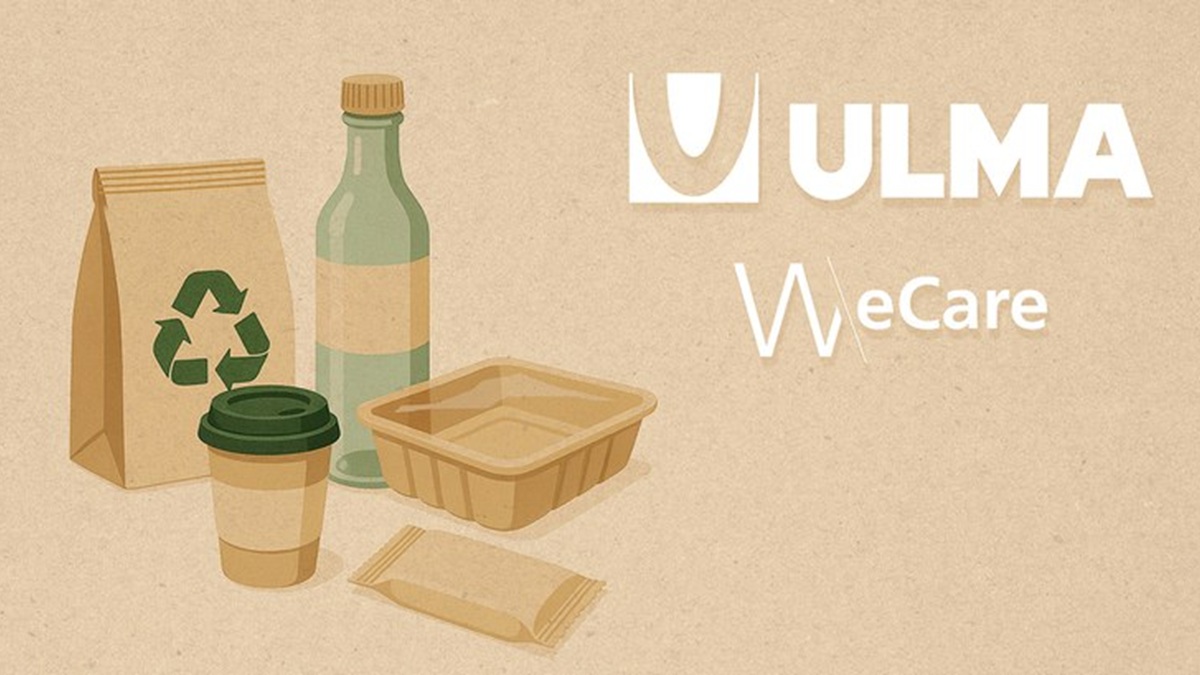
From packers and product manufacturers to machinery and film suppliers, all actors in the value chain must adapt to a more demanding legal framework, focused on sustainability, circularity, and the reduction of environmental impact.
The new Packaging and Packaging Waste Regulation (PPWR), promoted by the European Commission and in force since February 11th, is not just a regulatory evolution: it is a structural transformation that will affect the entire packaging value chain.
Within this context, ULMA Packaging stands out for its commitment to innovation and the development of solutions that already comply with the new requirements of the European regulation, facilitating the transition towards a more sustainable and efficient packaging model
Redesigning Formats and Materials
The regulation will limit or prohibit certain types of packaging widely used today, such as non-recyclable multi-layer films, "over-packaging" formats in single-dose or secondary packs, or single-use plastic containers for food and beverages in the HORECA channel intended for on-site consumption.
This forces food producers to adapt the materials and structures of their packaging.
Effective Recyclability and Mandatory Recycled Content
The new regulation establishes that, by 2030, all packaging must be recyclable, and by 2035, they must be recycled on a large scale. Furthermore, mandatory minimum percentages of recycled content are set, both in food and non-food packaging (e.g., rPET in trays).
This requirement directly impacts packaging design and film selection, with technical (transparency, sealability) and economic implications.
Reuse Obligations in Certain Channels
The PPWR will impose minimum reuse quotas in sectors such as foodservice, delivery, and beverages. The use of refillable or returnable packaging in retail will also be encouraged, especially for bulk or fresh products.
For many food brands, this may mean developing two parallel packaging systems: one for the traditional channel (recyclable disposable) and another for a new channel with reusable packaging.
Uniform Labeling and Mandatory Ecodesign
All packaging must have harmonized labeling throughout the EU that clearly indicates:
-
How the packaging should be recycled
-
What materials it is made from
-
Whether it meets ecodesign or reuse criteria
This will impact the relationship between brands and consumers and will require complete traceability of materials and formats.
Opportunities for Early Adopters
While the PPWR poses significant challenges, it also opens major opportunities for companies that innovate and adapt proactively. Those that move early will gain a competitive edge in retail and export markets, as major international operators and distributors increasingly prioritize sustainable, innovative, and certified packaging solutions.
Efficiency and weight reduction are also key. Adapting packaging lines to recyclable materials and optimizing resource consumption will help companies better prepare for the future challenges of the sector.
Moreover, the regulation acts as a technological catalyst, driving investment in versatile, connected machinery capable of working with sustainable films, switching formats easily, and collecting key data for reporting and traceability.
ULMA Solutions to Lead the Change
At ULMA Packaging, we have been developing technologies for years that now respond directly to the demands of the PPWR:
-
Tray Sealers for packaging with a flat cardboard base (LeafSkin™), packaging with plastic reduction in the tray (R-Skin™), and machines that use cardboard or recyclable trays.
-
Thermoformers with technologies like Eco Form™ and Better Form™, capable of forming the package with less plastic, and Better Seal™, which guarantees sealing with mono-materials.
-
Flow Pack with Better-Seal™ technology, for mono-material packaging and packaging without a tray, reducing plastic use by up to 70%.
-
Vertical Packaging with Plus-Cut™ technology, which reduces film consumption and improves efficiency.
Conclusion
The European PPWR is transforming the way the food industry conceives and uses packaging, marking a turning point in the design, use, and management of materials. Not adapting is no longer an option. Companies that lead this transition with technological, efficient, and sustainable solutions will be in an advantageous position in the new regulatory and market environment, consolidating their role as leaders in innovation and sustainability within the food sector.


